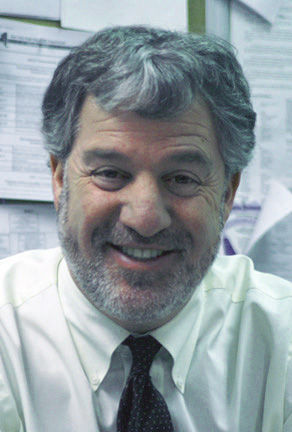I have been an educator for 30 years. It is how I define myself and I love what I do. I am not a politician and I have no aspirations to be one. However, I am facing a reality which cannot be avoided. Politics has become an unwanted part of my life.
Look no further than the recently released 2012-13 New York State Education Department “teacher and principal effectiveness ratings” and the accompanying headlines such as Newsday’s “Where are LI’s Best and Worst Teachers”.
Over two years ago school districts throughout New York State were delivered a mandate by the State Education Department to change their teacher evaluation process. Flexibility was given to local districts to choose one of the several State approved models. They were given control of 80 of the 100 point score. The State would control 20 points for those teachers who taught Regents classes and the third through eighth grade math and English Language Arts.
There was great concern by school district leaders about this legislative change. Much has been written about how the process was rolled out too quickly without considering the likely problems that would occur.
Districts were faced with a very difficult decision: Protect teachers and principals from a potentially faulty, unproven system that was not fully evolved by inflating scores or take a risk with the new flawed model scoring teachers more closely to their performance levels, hoping the system would not undermine the goal of better teaching.
The first choice was clearly political, but fully understandable. It protected staff and district from undue scrutiny around an indefensible model. The second, while less political, acknowledged some educational value and hoped, somewhat naively, that no harm would follow.
And then the scores were released with great confusion to follow. A flurry of understandable questions came from parents. How come there were school districts with teachers who are all highly effective? How come our teachers aren’t as good as theirs? What are they doing that we aren’t? Is this going to affect our property values?
Well, here is the truth: 16 of my 30 years in education were spent happily in one of those school districts who rated almost all of their teachers highly effective. It is a fine school system with outstanding teachers and principals but no more quantifiably so than any of their Nassau County counterparts. So why are all of their teachers rated so highly? Because their leadership consciously decided to make the political decision to protect their teachers from the scoring system. They picked choice one. So did many others districts. And again, I fully understand why.
Then there are those districts like the Roslyn Schools, the district I lead, that picked choice two, to make the scores relate more to the teacher’s actual performance and less to the politics of the day.
The decision felt right at the time.
Now it doesn’t feel so good when we see ourselves at the low end of “the list” in the newspaper and it comes without an explanation. Parents are confused about our apparent poor performance. Students are left wondering if they have the best teachers and principals and teachers alike are frustrated by this misrepresentation.
This leaves us with a decision to make for next year. Do we exercise our right to adjust our scale so our scores reflect a picture similar to those high on the list, knowing full well it will not accurately portray a change in teaching practice… or do we hold the line educationally?
For now, we will continue to use more meaningful measures to assess our overall success. Our graduation rates from high school, rates of acceptances to colleges and universities and success in college completion remain among the best in New York State. We recognized that is made possible the quantifiable educational opportunities we provide for all of our students, K through 12 knowing full well that they cannot achieve success in high school without an excellent foundation in the primary and elementary years.
As for the list I am happy with our decision to seek out the best ways to evaluate our staff but will do as we always do, which is to continuously reflect best practices and make needed adjustments when necessary, despite the politics.

